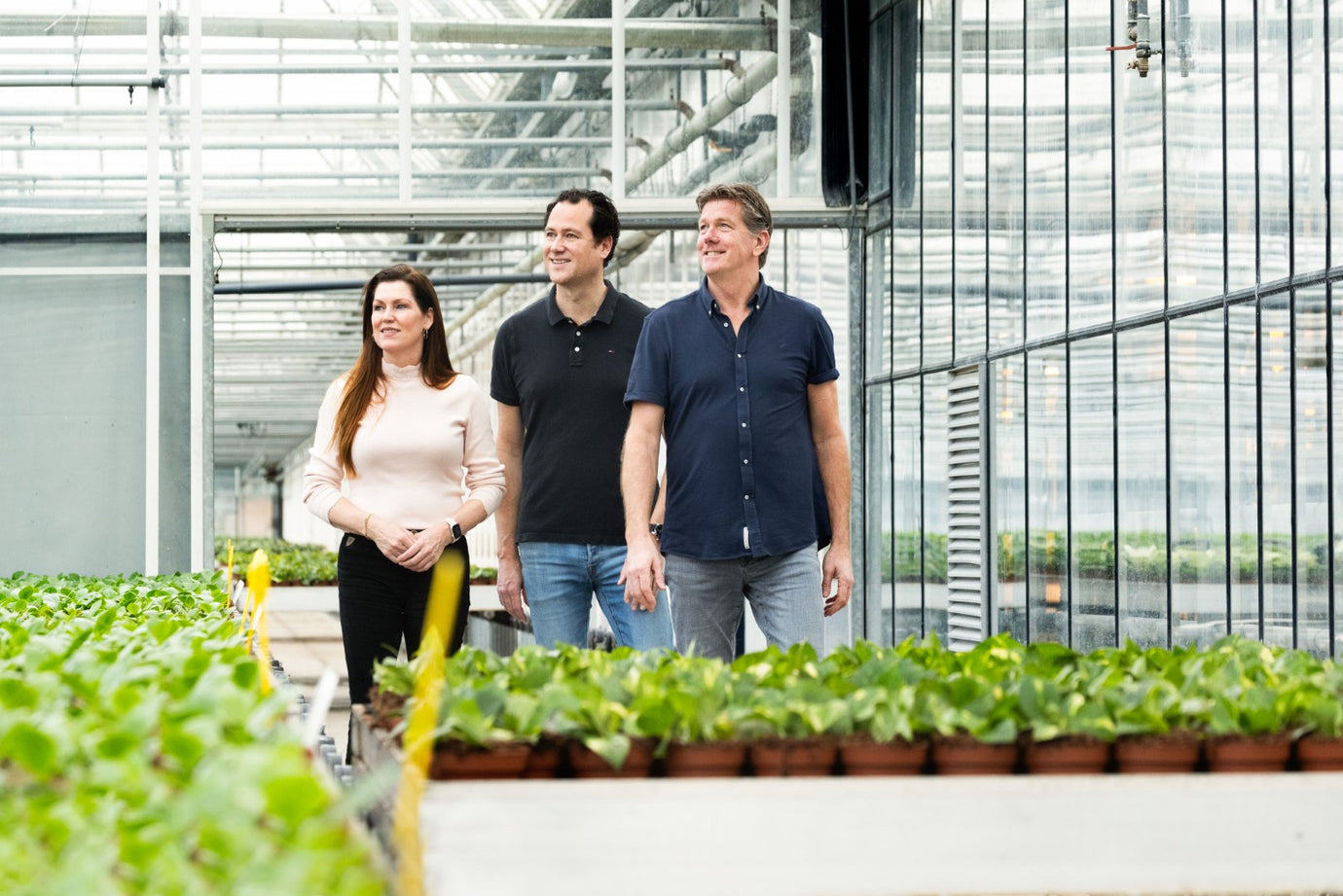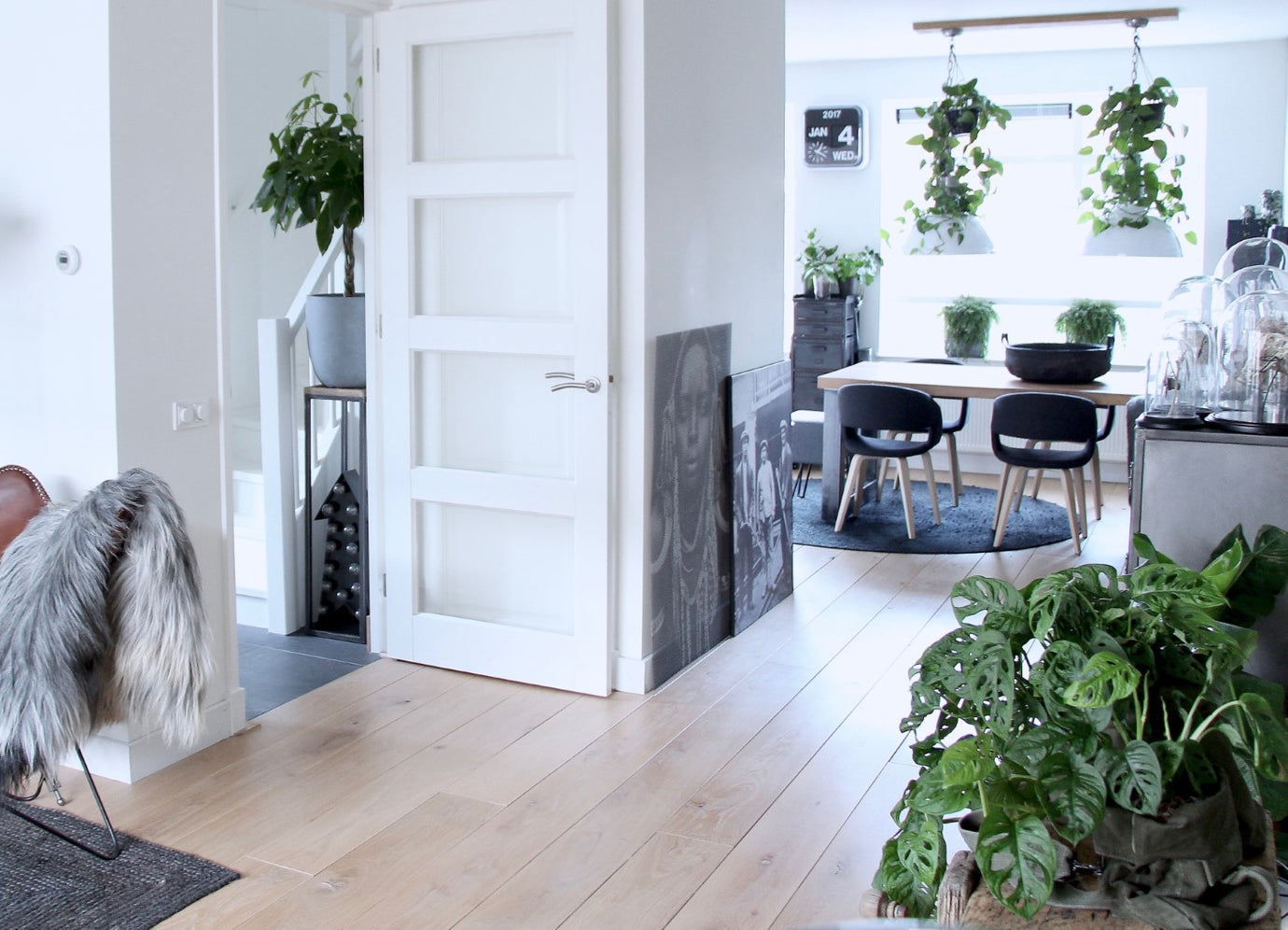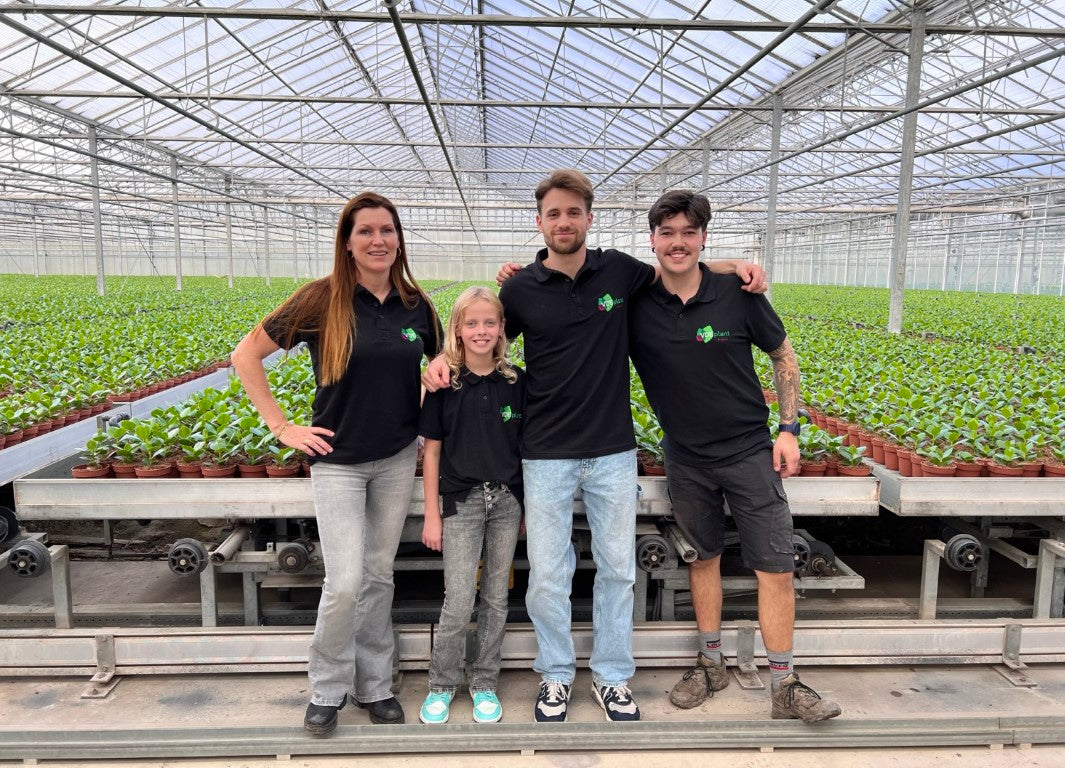Everything you want to know about the Clusia rosea Princess

The Clusia rosea Princess is a member of the Clusiaceae family and is native to Clusia rosea
found in the rainforests of the Caribbean, the United States and South America.
In these countries, Clusia rosea is most often planted as a shrub. There are 300 to 400 species to be found in the tropical rainforests. The Clusia rosea Princess was created through selection and is distinguished by a smaller leaf structure and branching.
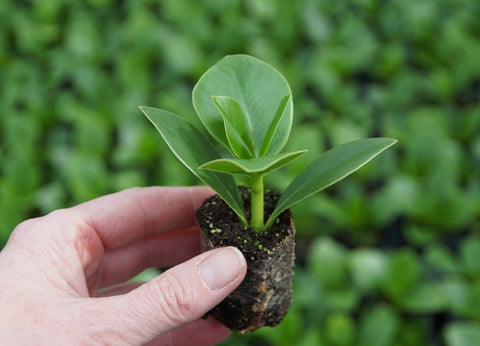
The name: Clusia rosea Princess
The Clusia rosea Princess is also known as 'apple fig', but has another special nickname: Autograph Tree . You can make drawings on the sheet that remain visible for a very long time. In tropical countries the leaves are much described; names of loved ones are engraved on the sheet or drawings and other types of graffiti are made on the sheet. The messages remain as long as the leaf is attached to the tree, often months. Each leaf is quite large, 5 to 8 inches, oval, thick and sturdy. You can draw on the sheet with a sharp object such as a skewer.
Give this plant a personal touch by writing a message for the person you bought the plant for!
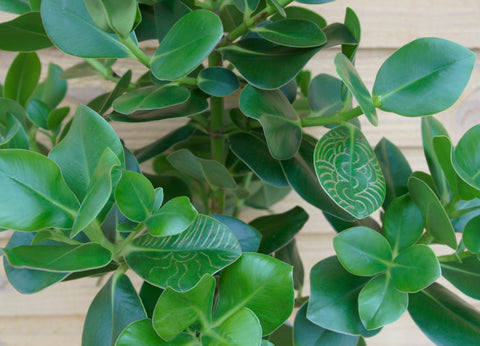
Clusia Growth habit
The Clusia rosea Princess is a strong plant with leathery green leaves. The leaves grow in pairs on the stems and can grow up to 15 to 20 cm in size. If a Clusia gets a lot of sun, the leaves develop a special red leaf edge. The branches of a Clusia rosea Princess are green at first, but over time they will become lignified and change to a brown color. Side branches are sometimes made in the axils of the leaves. In nature, a Clusia can grow up to 15 meters high.
When the Clusia lives in moist conditions, it produces aerial roots. This means it can also live as an epiphyte. An epiphyte is a plant that grows on another plant, but not at the expense of this plant. She will use her roots from the tree to look for soil and ultimately dominate the other tree. Over the years, special root structures can develop. Below is a Clusia grown in a cactus.
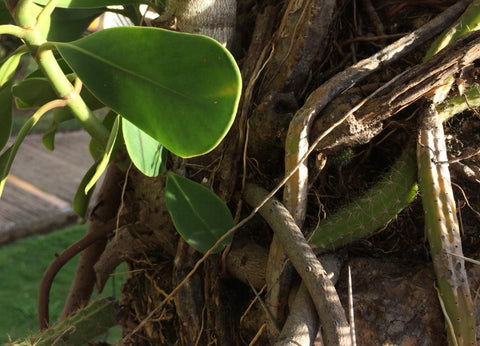
The flowering of the Clusia
Clusias can bloom with striking white flowers with pink accents. The scientific species name, Clusia rosea, refers to the color of the flower. These flowers develop in older specimens and in tropical temperatures. After flowering, green berries are formed, which are round in shape and can grow up to 8 cm in size. These fruits only ripen in tropical areas; flowers and fruits rarely appear on plants kept indoors.

How to care for the Clusia rosea plant
The Clusia rosea Princess is a relatively unknown houseplant. It is a strong and easy-to-care houseplant that thrives in different conditions. A Clusia rosea Princess is loved by design enthusiasts because of its slender, sleek appearance. It is a robust, yet graceful houseplant that can take a beating! Thanks to its easy care, you can enjoy this Clusia rosea Princess for years to come!
- The Clusia develops best at a temperature of at least 16 degrees.
- Place it as brightly as possible, without direct sunlight.
- The Clusia rosea Princess always prefers slightly moist soil.
- Water about once a week to prevent the root ball from drying out.
- Moderate watering in winter.
An effective air purifying plant
Nowadays, houses, offices and schools are very well insulated. Beneficial for the energy bill, but unhealthy when it comes to clean air. A lot of waste remains. Substances that you do not see, but that attack your body unnoticed.
Many technical installations have been developed to create a better and healthier living environment. But what everyone ignores is that nature has an excellent alternative! Plants purify the air. Scientific research shows that the Clusia rosea Princess is a real green purifier! She is a huge air purifier and...
actively combats harmful substances such as formaldehyde and benzene. The Clusia purifies up to 30m2 of air!
With plants that purify the air in your living environment, you feel comfortable, performance is improved and health complaints are reduced.
We were able to tell more about this during the Vara's Green Light programme .
A Mangrove Clusia: Clusia on water
Based on our passion for plants, we started experimenting to make the roots more visible. We allowed Clusia Rosea to root in water . The great thing is that you see the plant develop and grow because it is in the water. The beautiful roots in a glass vase with water literally bring you "back to the roots." We call this Hydroponics.
Our hydroponic concepts are very easy to care for. When the roots are no longer in the water, the water must be topped up. Make sure that the stem of the plant is not in the water.



